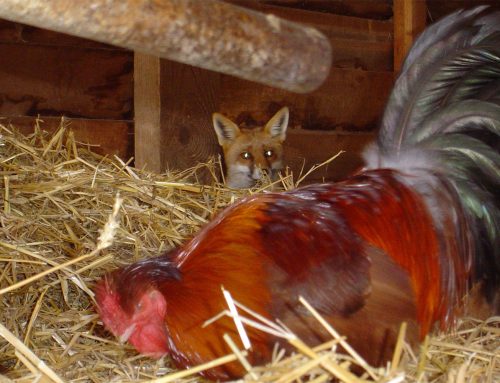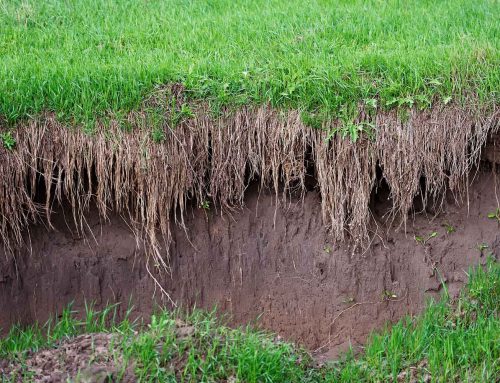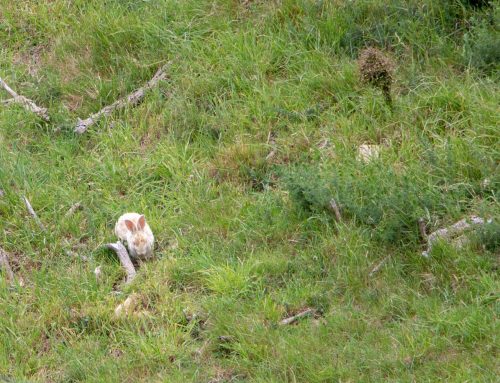At first glance, you may think a Cactoblastis Cactorum is just an orange grub with distinctive black spots, however, they actually have a rather important ecological purpose. Originating in South America, this Latino creepy-crawly has now made a home in various countries of the world, including Australia.
You may be wondering why we would want to introduce a foreign grub to our Australian ecosystem, and the reason is biological control. Sometimes, weeds grow within our landscape unchecked and out of control, due to a lack of natural enemies (such as predators, fungi and bacteria). Once they become so prevalent that they pose risk to natural plants, we employ biological control agents in an effort to reduce their impact.
A biological control agent is the use of an invasive plant’s naturally occurring enemies. Enter the Cactoblastis cactorum, natural enemy to Opuntia stricta, otherwise known as Prickly Pear. Prickly Pear is notorious for smothering large portions of Australian land through its rapid reproduction capabilities. How does the Cactoblastis eliminate Prickly Pear? The larvae (that’s the Cactoblastis in grub form- they become a moth later!) eat the leaves and seed pods of the Prickly Pear. Under controlled release, they can eliminate problematic populations of this noxious weed by eating it away!
The very first example of Cactoblastis being employed as a biological control agent in Australia was in Chinchilla in 1925. The 1920s saw a Prickly Pear epidemic take over the Western Downs and threaten to plague Australia. According to the Chinchilla Times, during this time period, land cost between 5 and 20 shillings per acre, and clearing the land due to the pear was 10 pound per acre. This was an ongoing cost, as they always returned. Farmers were unable to make any money from their property due to the constant clearing costs, and most ended up in considerable debt.
The introduction of Cactoblastis Cactorum succeeded in eradicating the infestation and did the job so well that the locals even built a memorial hall. Fun fact, the memorial hall in Boonarga was heritage listed in 1993 and is the only one in the world named after an insect. That’s pretty special.
The Cactoblastis Cactorum are caterpillar-like in appearance as larvae, starting out a creamy pink shade and then becoming orange with black spots. As adults, they appear as moths after progressing through a fascinating stage of metamorphosis. Once an adult or moth, the Cactoblastis appears as brownish-grey, with long legs and a long antenna.
At Hunter Land Management, we are trained, experienced, qualified and equipped to manage weed infestations through biological control mechanisms such as Cactoblastis Cactorum. If you are experiencing problems on your land with noxious weeds, don’t allow the problem to spiral out of control. Please feel free to contact us for advice on appropriate management strategies. Call today on 0412 404 499.




